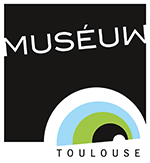The permanent exhibition, journey to the heart of the living world
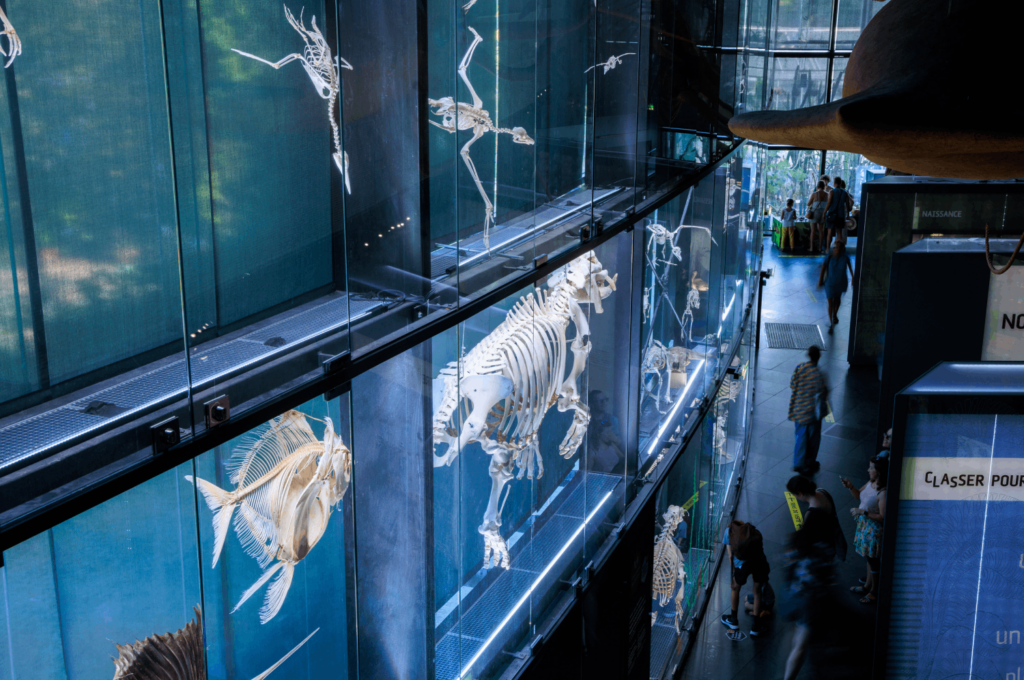
The permanent exhibition of the Museum invites you to an exciting immersion in the vast world of life, to discover the Earth and its inhabitants.
Through different spaces, you will discover the close interactions between the transformations of the planet and the adaptations of the organisms that inhabit it and explore the richness and depth of the relationships between humans, nature and the environment.
Fascinated by fossils? Amazed by Lepidoptera (butterflies!)? Impressed by the variety of vertebrates? Eager to understand the rites that connect humans to nature?
Whether you are connoisseurs, amateurs, experienced or budding scientists, the Museum offers you a journey rich in surprises and emotion, to feed your curiosity and your reflection.
LET’S SEE
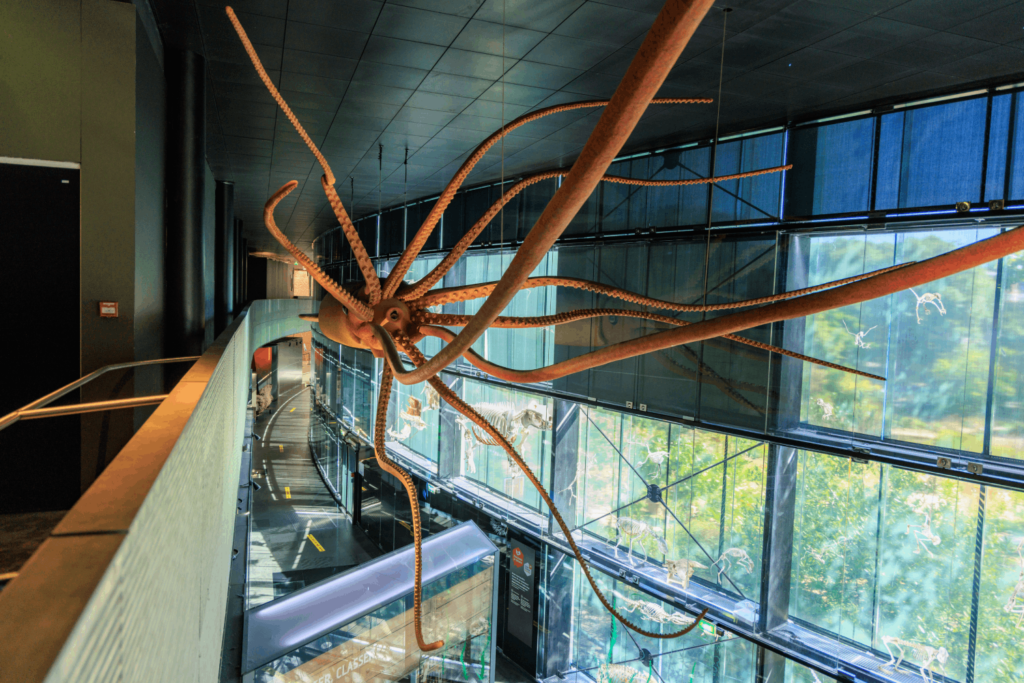
Crédit : Patrice Nin, Muséum de Toulouse
2 600 m2 of exhibition
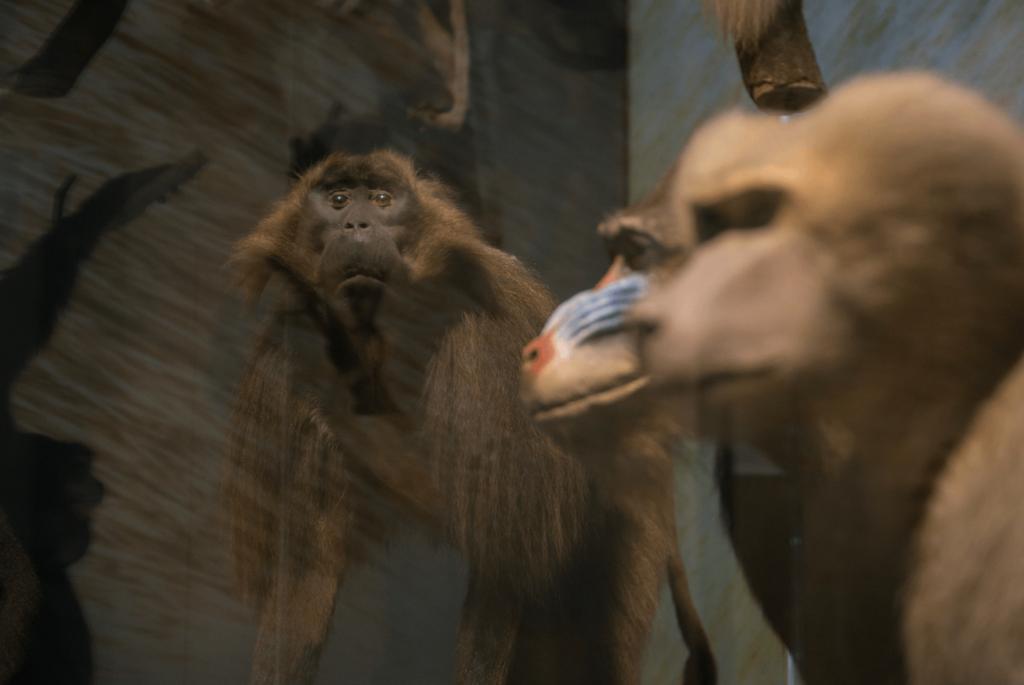
Crédit : Muséum de Toulouse
4000 specimens on display
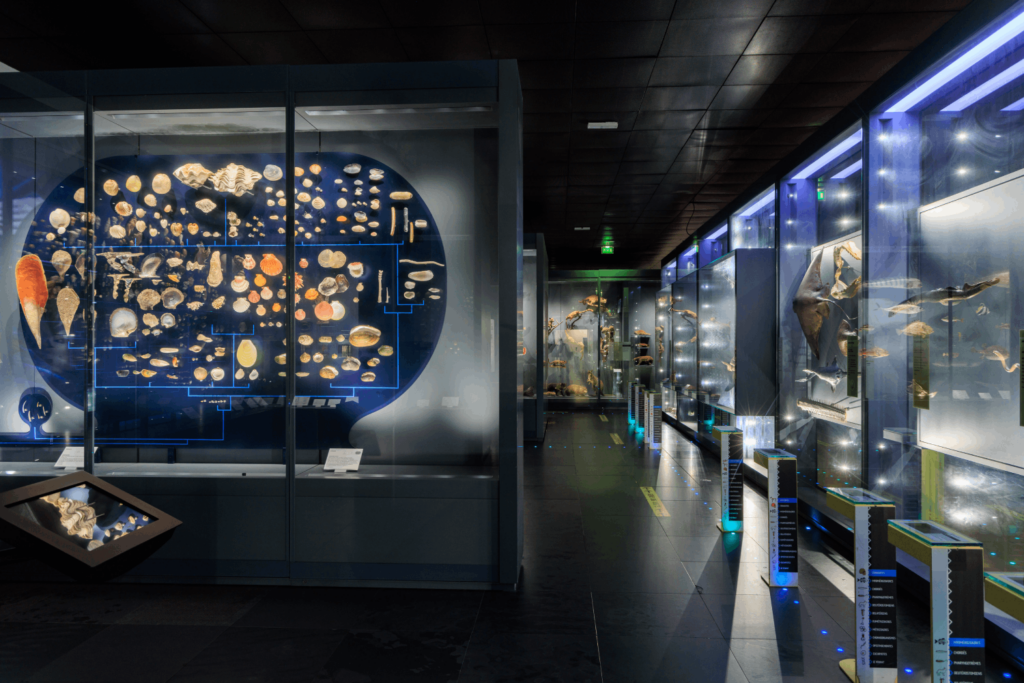
Crédit : Patrice Nin, Muséum de Toulouse
4 themed spaces
Active planet earth
6 rooms present in 3 stages, the nature and movements of planet Earth, from its creation to the appearance of life.
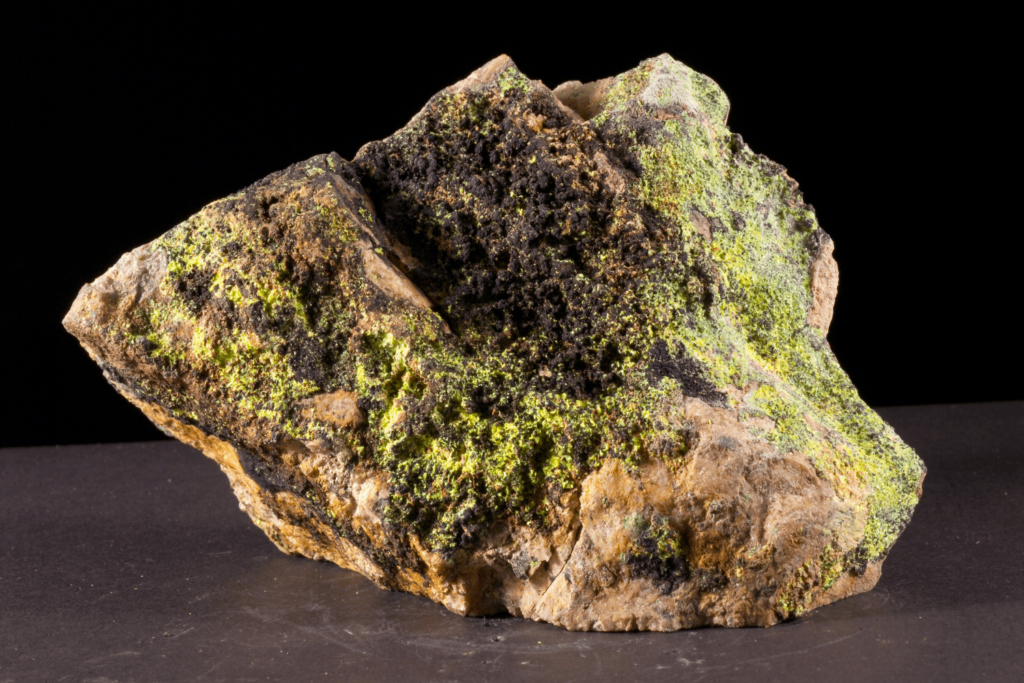
Wonderful Alchemy: Into the Bowels of the Earth.
Immersed in the heart of matter, we start from the chemical elements, rocks and minerals that make up the Earth. They tell us how the diversity of shapes, materials and colors that shape our planet is born.
More than 4,500 subsoil minerals are now listed. Sometimes spectacular, like this fluorescent autunite, they make up an astonishing diversity.
The Infinitely Large: Born of the Universe
Here we are in the gravitational vortex that spawned the Earth, born from a cloud of stellar gas and dust. Observe meteorites and imagine their journey to understand the force of attraction of the Earth and its position in the solar system.
The Power of the Earth: Sculpted by the Force of the Natural Elements
The last four rooms are dedicated to the four natural elements: earth, fire, water, air. The Earth lives. The meeting of the elements causes earthquakes, volcanic eruptions, the creation of rivers, reliefs… but also the beginning of life.
Formed underwater, this giant stromatolite, made of bacteria and sediment, bears one of the earliest traces of life on Earth.
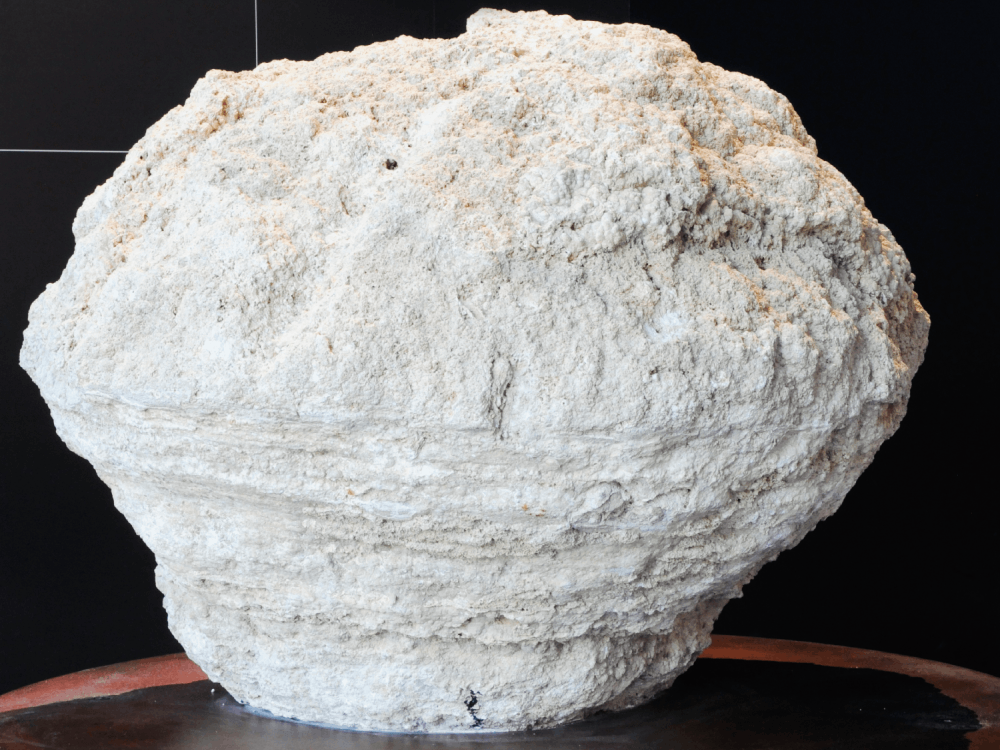
Order of the living
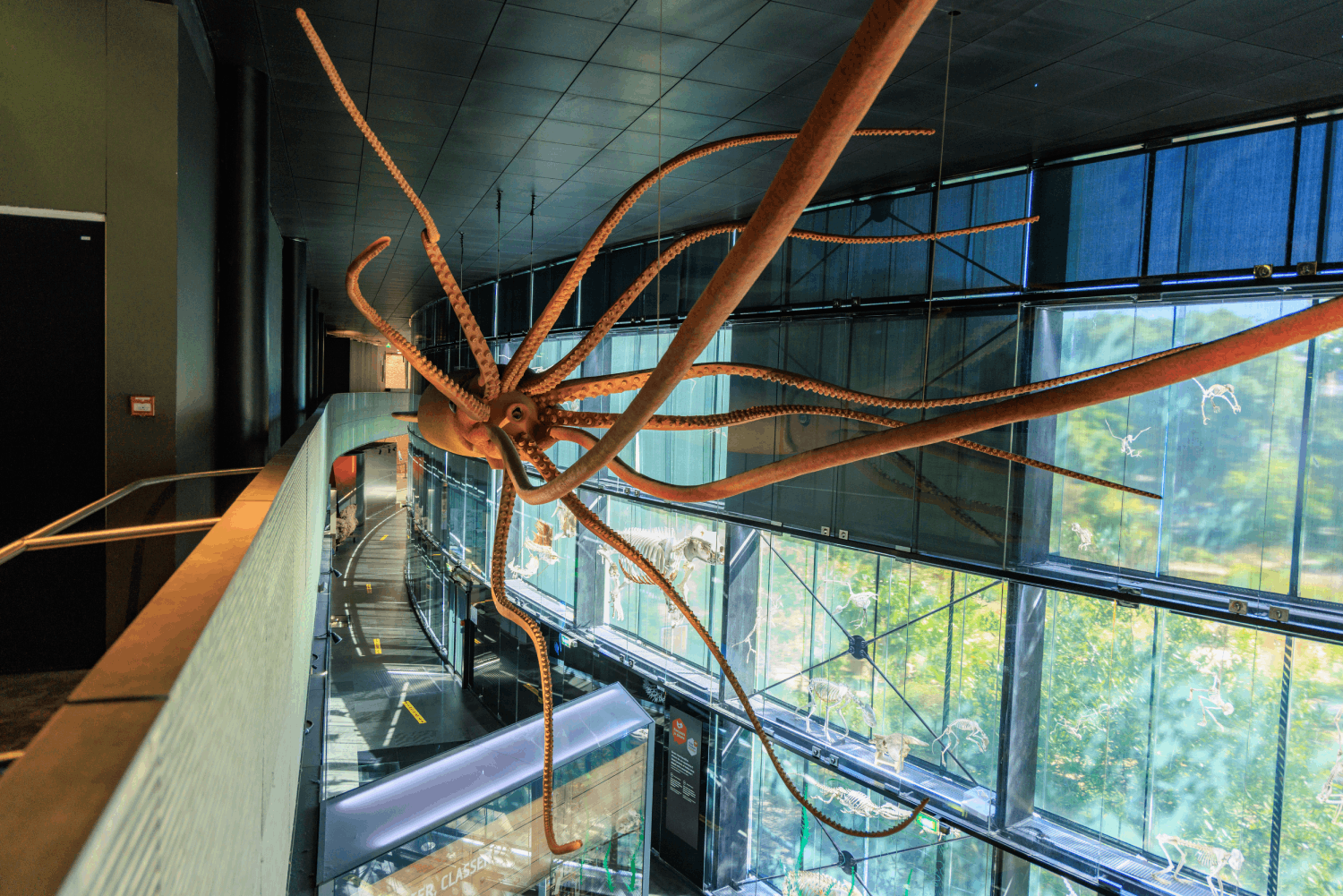
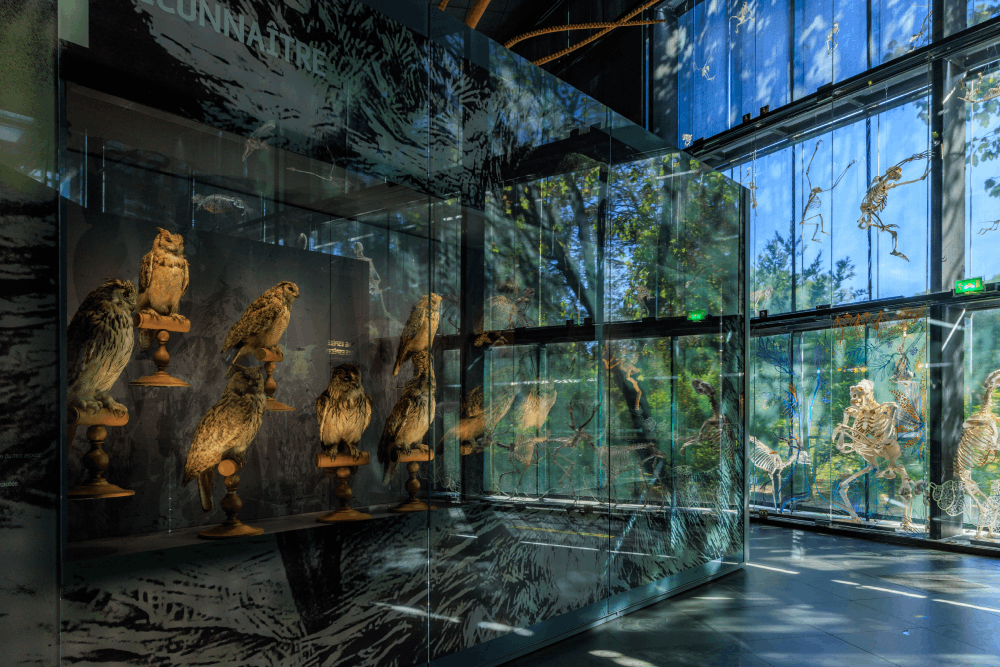
Classify to Know: Observe and Understand
To understand the world around us and its diversity, humans have classified, sorted, inventoried. In front of the windows of the cabinet of curiosities, we become aware of the incredible variety of specimens to be identified and the characteristics to be observed.
These owls belong to the same family (strigidae), but are actually different species… look for their distinctive signs!
The Wall of Skeletons: life on the move
Beneath the skeleton of the giant whale, 75 skeletons of vertebrates fly, hover, run, jump, crawl or move from branch to branch. They form an immense moving fresco presenting the different lifestyles adapted to their environment.
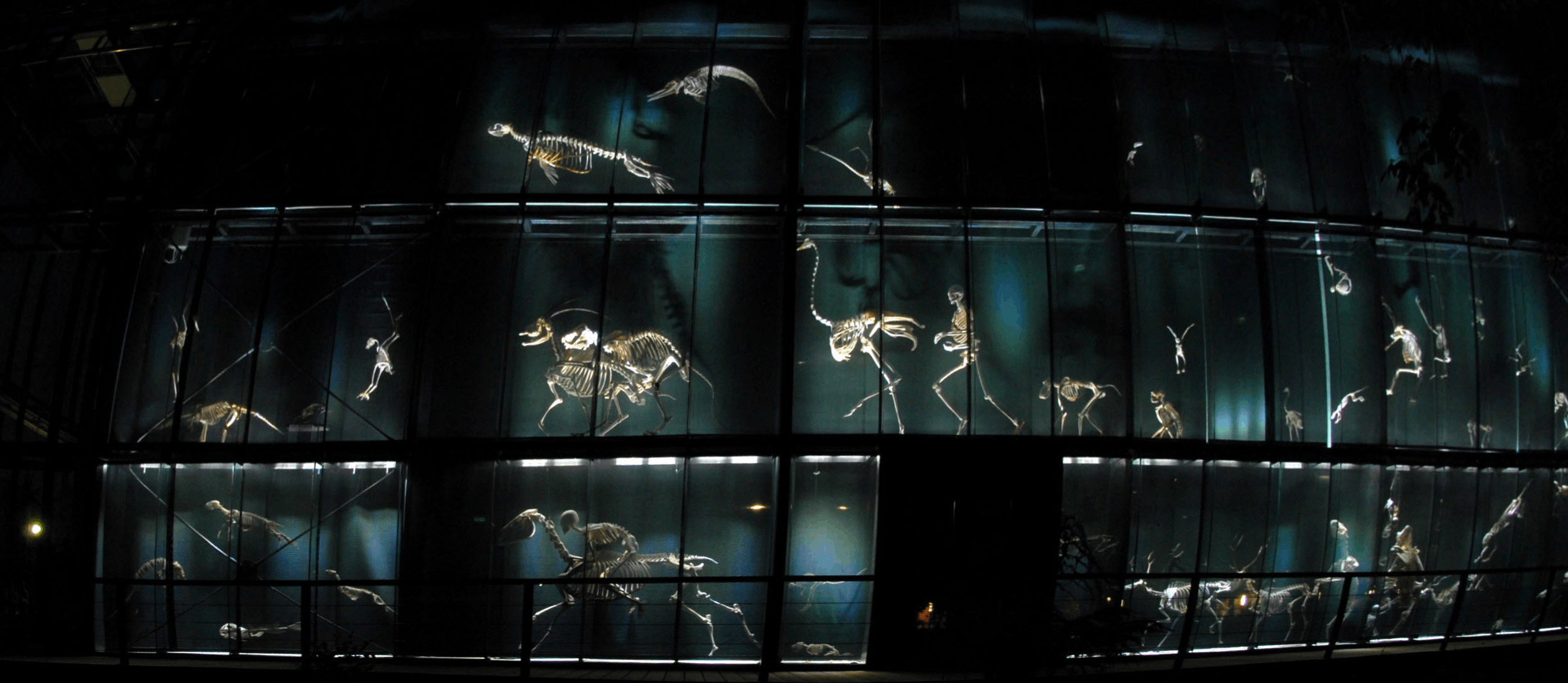
Crédit : Frédéric Ripoll, Muséum de Toulouse
Ordering the Living: Tracing the Evolution of Life
A stop in front of the phylogenetic tree allows us to visualize the characteristics developed by the different living beings during their evolution, and to classify them. Then browse the gallery of living things between the different groups: plants, insects, molluscs, mammals, birds sometimes show surprising evolutions!
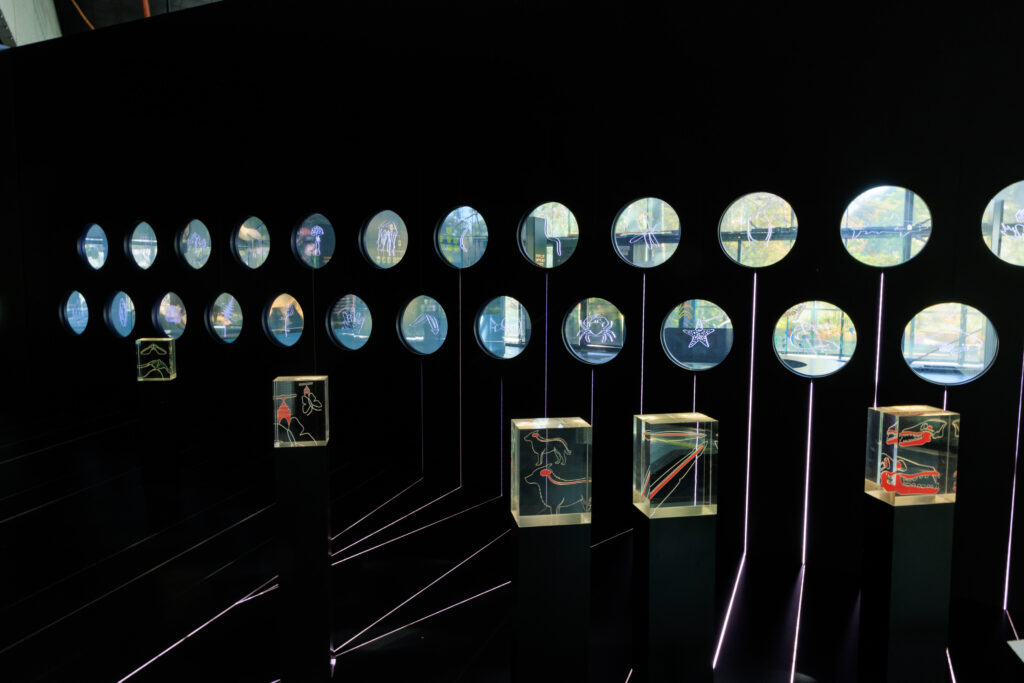
Continuum and breakages
As the earth’s environment changes, living organisms appear, disappear, metamorphose… This journey from the origins of life to our contemporary world presents the different adaptations of living things. Past and… to come?
29 steps to traverse a space-time of four billion years! Five circles of time represented by blue rings painted on the wall take us through these temporal stages, from the formation of the Earth to the appearance of the first living organisms. An ascent to apprehend the time of evolution.
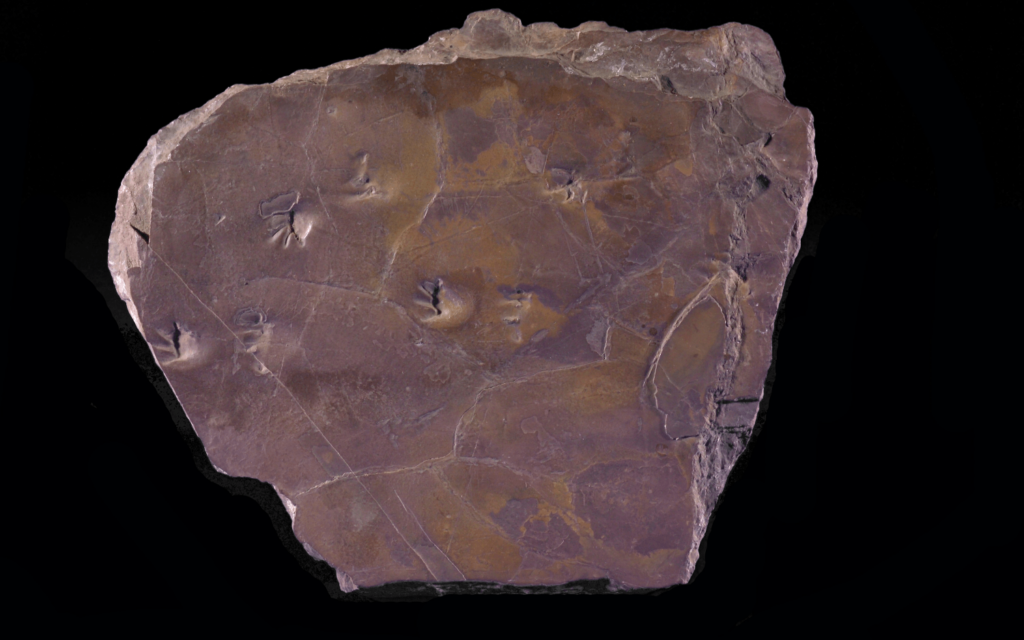
The ascent deposits us in the tree of life, at 600 billion years. This is the era of first lives. Living organisms invest in all environments favorable to their development: water, earth and air. And they draw suitable structures: shells, bones, seeds…
Fossilized amphibian footprints bear witness to the earliest forms of life.
This is the era of abundance: mammals, birds, ammonites…, but also of course, dinosaurs, which flourish in a favorable environment. Until the Cretaceous-Tertiary crisis, 65.5 billion years ago, which marked the disappearance of the dinosaurs and the survival of small mammals, including the first ancestors of the primates.

This Baryonyx is a European dinosaur. It fed mainly on fish, so it is found in aquatic environments. Hence its similarity to the crocodile with which it shares a long flattened nose.
Continents are forming, climates are tempered. Species adapt, new forms appear. Mammals and birds diversify enormously. Lava, mud, amber… natural traps capture witnesses to these developments.
After the dinosaurs died out, the largest land animals were birds. Like this Gastornis, a giant over 2 m high, which was an herbivore.
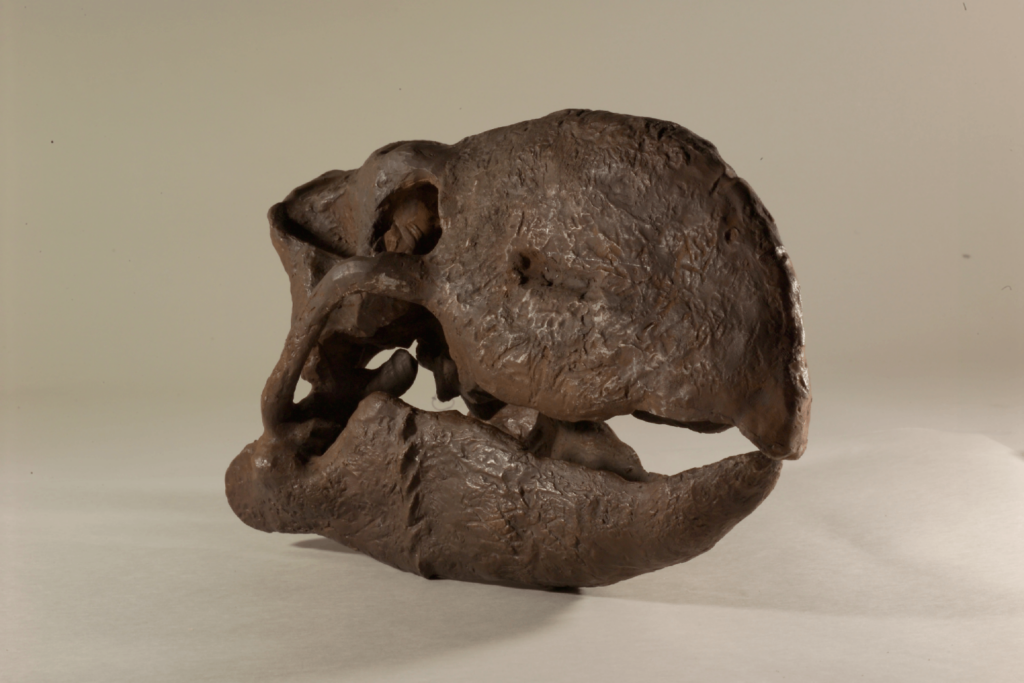
Major functions of the living
Guided by your curiosity, stroll between the specimens and objects that characterize the useful functions of living beings. To guarantee their survival, humans have deployed strategies sometimes inspired by nature.
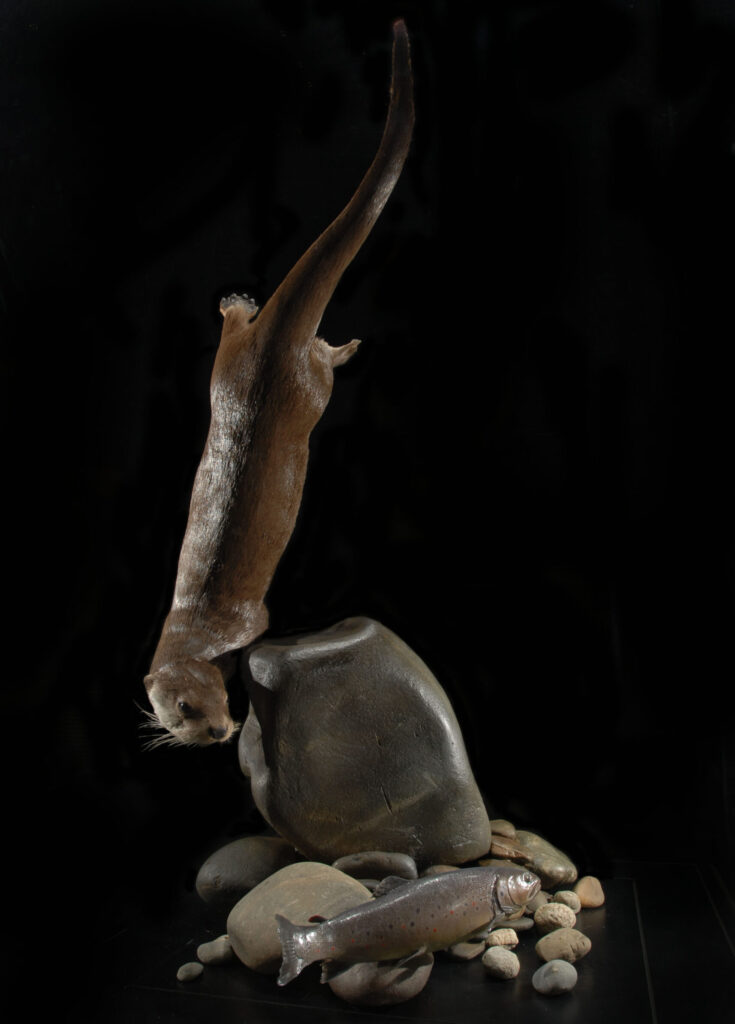
The roots of the tree draw the water and nutrients necessary for its growth from the soil. Animals feed on plants, hunt other animals. Humans cultivate, fish, gather… each species adapts to its environment to find food there.
The otter is piscivorous: it feeds mainly on fish. With a fluid and fast swim, she is very good at fishing.
Skin, plant cuticle, shell, carapace… each species develops natural protections to preserve its vital organs or resist variations in its environment and climate. Some create ingenious systems such as thorns or human clothing. Or even unstoppable camouflage, like the stick insect that merges with its branch.
The armor of the Kiribati Indians in the Pacific is made of coconut fiber bristling with shark teeth. The addition of symbolic materials, such as hair, adds magical protection.
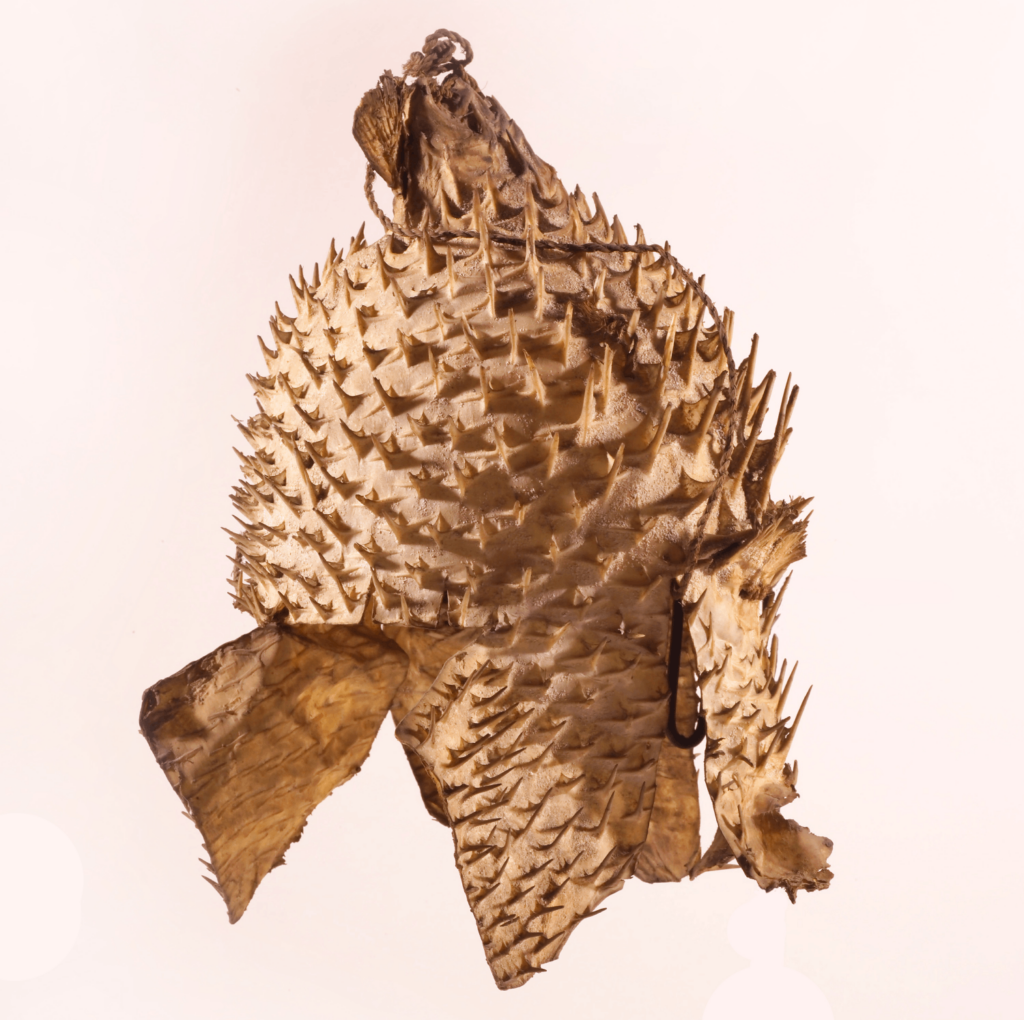
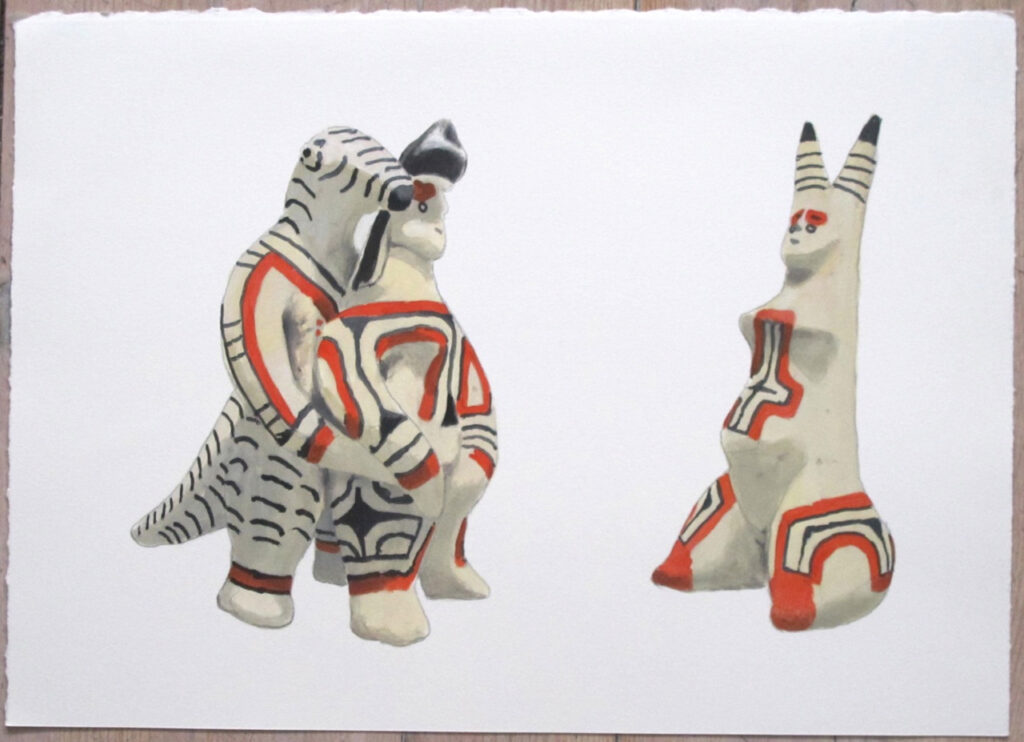
Whether in plants, animals or humans, reproduction is essential to the survival of species. It also defines our belonging to the living world. To ensure the right partner or to mark its primordial function, it can be ritualized.
The rites of the Karaja Indians, embodied by these headdresses, pectorals and jewelry, recall the importance of reproduction, the foundation of life. Here they are figurines of this tribe of Brazil.
To move according to one’s abilities, to flee a predator, to find something to eat… to each his own method adapted to his morphology and his environment.
Skin clothing, wooden snowshoes, boots… to move around in the extreme cold, the Inuit invented suitable equipment.
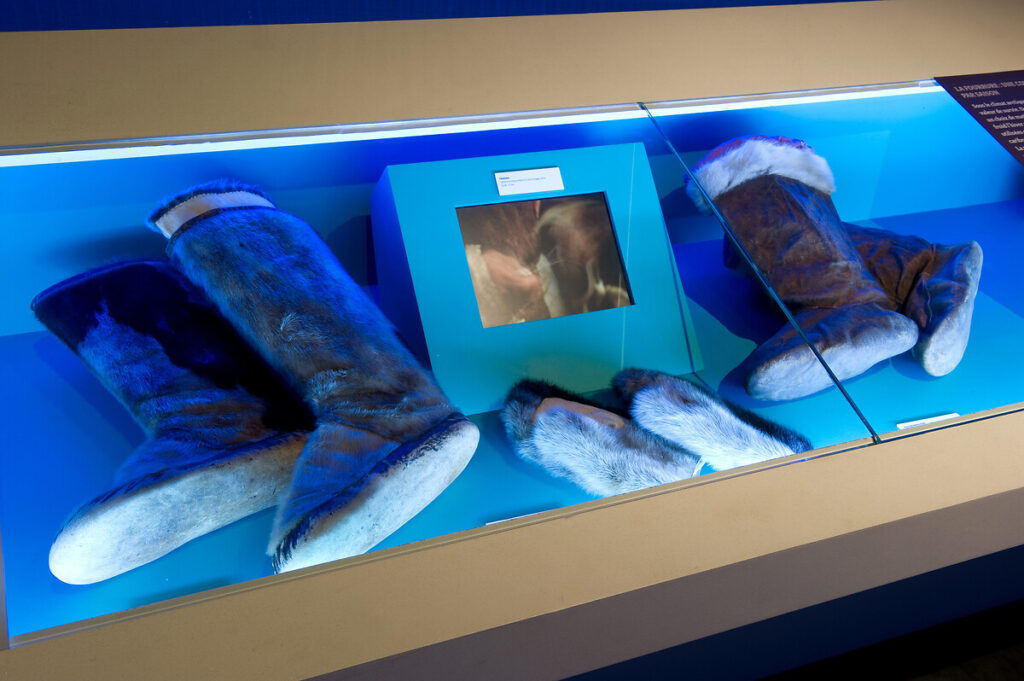
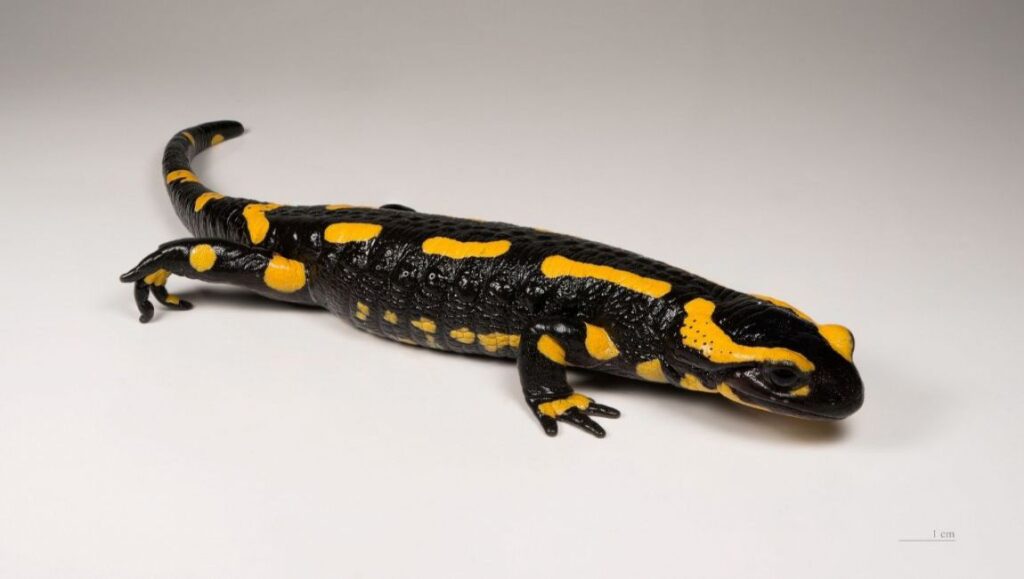
Humans know how to communicate in various ways: by gesture, speech, gaze… Animals express themselves through waves, dances, cries, or… colors! Plants also communicate, with each other and with their environment. The flowers indicate to pollinating insects whether they contain pollen to forage.
The yellow of the salamander indicates that it is dangerous to approach it: it spits a burning venom.
Photo d’en-tête : Mur de squelette. Crédit : Patrice Nin, Muséum de Toulouse

